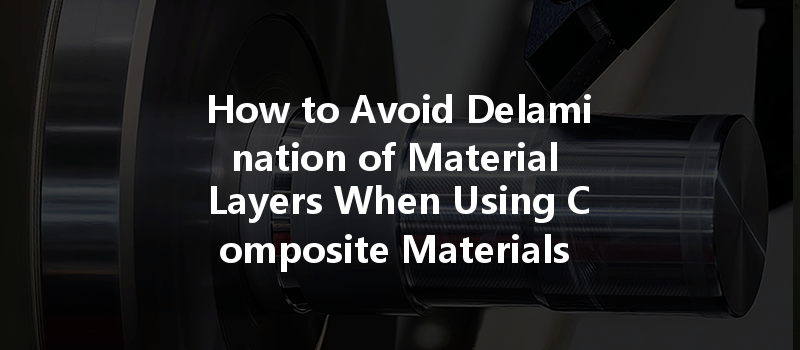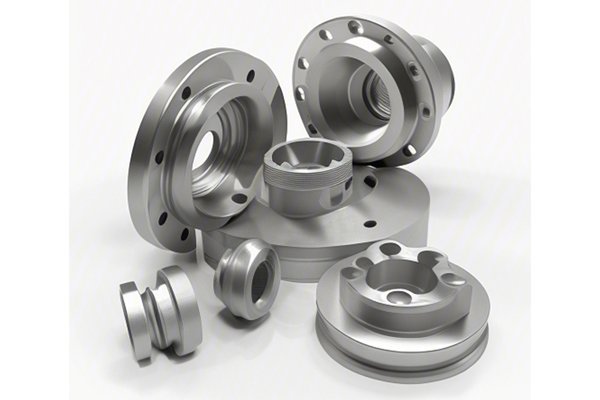Opening
Did you know that the global composites market is expected to reach over $130 billion by 2026? As industries increasingly turn to lightweight, high-strength materials, composite materials have become essential to modern manufacturing. However, a significant challenge arises when working with these materials: delamination. This blog post will dive deep into the issue of delamination in CNC prototypes, exploring practical strategies to avoid it and ensure the successful use of composite materials.
—
Understanding Delamination in Composite CNC Prototypes
Delamination refers to the separation of layers within a composite material, often leading to a significant reduction in performance and structural integrity. In CNC prototyping, this weakness can result in failed prototypes, increased costs, and wasted time. Understanding the causes of delamination is vital for manufacturers looking to optimize their CNC machining processes.
Causes of Delamination
—
Strategies to Avoid Delamination
To effectively mitigate the risk of delamination in CNC prototypes made from composite materials, manufacturers need to implement a range of strategies:
Choosing the right composite material is crucial. High-quality materials with optimal adhesion properties will help minimize delamination risks. Always consider the manufacturer’s specifications and conduct preliminary tests to ascertain the suitability of the chosen material.
Using the right tools designed specifically for composite machining is essential. Carbide or diamond-coated tools are known for their effectiveness. The geometry of the tool, including its sharpness and the angle of the cutting edges, can dramatically influence the risk of delamination.
The cutting speed, feed rate, and depth of cut should be carefully optimized. A higher cutting speed may lead to overheating, while an extremely low feed rate can cause excessive wear and tear on the tool. Always refer to manufacturer guidelines, and consider running tests to identify the most effective settings.

Heat is one of the primary culprits behind delamination. Implementing a cooling system can help manage the temperature during machining and prevent overheating. Utilize cutting fluids or other cooling techniques to maintain an optimal temperature range while cutting.
When machining composite prototypes, consider using supports that can mitigate vibrations and reduce stress on the material. Supports can help maintain dimensional accuracy and minimize flexing, which reduces the chances of delamination.
The orientation of the layers in a composite material can dramatically affect stress distribution during machining. Align layers along the cutting direction when possible to reduce the risk of delamination.
After completing CNC machining, conduct thorough inspections of the prototypes. This includes checking for signs of delamination, assessing the bonding between layers, and ensuring the overall structural integrity of the final product.
—
Advanced Technologies to Combat Delamination
Innovations in CNC machining technology can provide additional solutions for avoiding delamination in composite materials:
—
Delamination poses a real threat to the structural integrity of CNC prototypes made from composite materials. However, by leveraging advanced material selection, tool optimization, and modern technology, manufacturers can effectively minimize this risk.
Throughout this blog, we explored critical strategies like selecting high-quality materials, optimizing cutting parameters, and utilizing innovative technologies to tackle delamination. As composites continue to revolutionize various industries, understanding and implementing these techniques is vital for any manufacturer keen on maintaining quality and performance in their CNC prototypes.
Delamination may be a complex problem, but with the right knowledge and tools at your disposal, you can navigate this challenge and harness the remarkable potential of composite materials. As we continue to innovate and push the boundaries of manufacturing processes, it’s essential to remain vigilant about quality and strive for the best practices in CNC machining.
Remember, the future of manufacturing lies in the details, and avoiding delamination is a significant detail that could lead to success or failure in your projects. Keep these principles in mind and set yourself up for success in your CNC machining endeavors.






